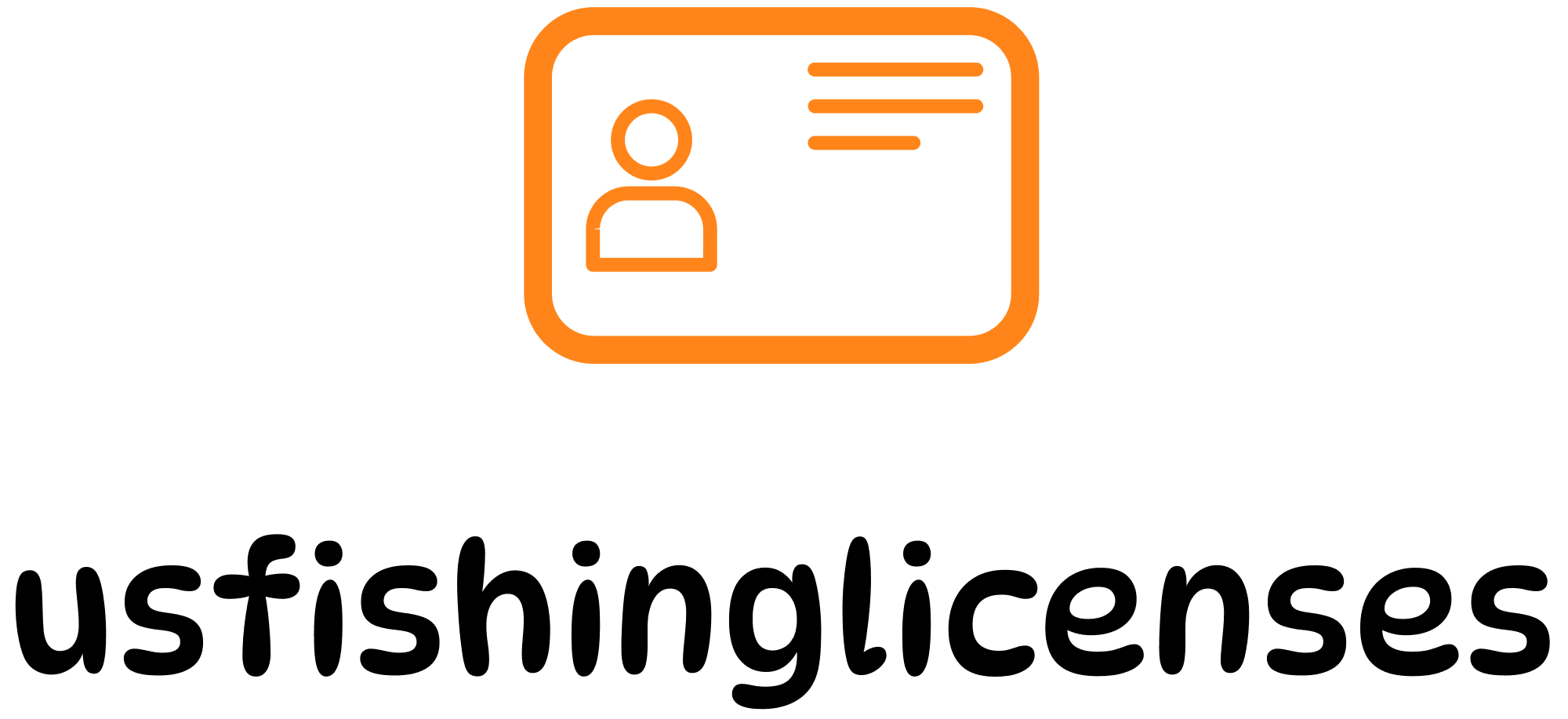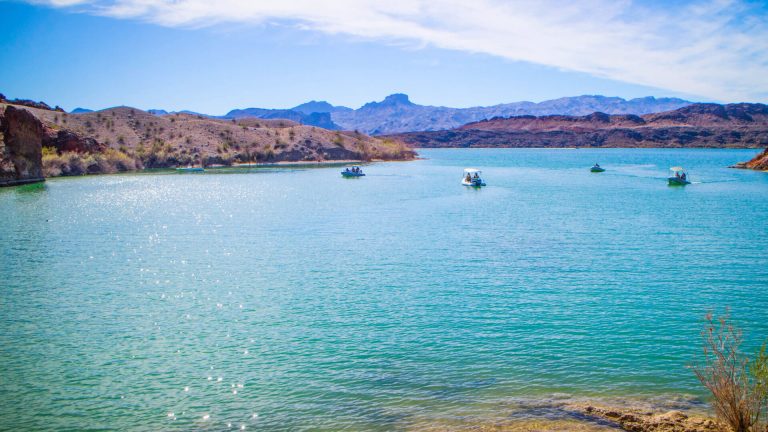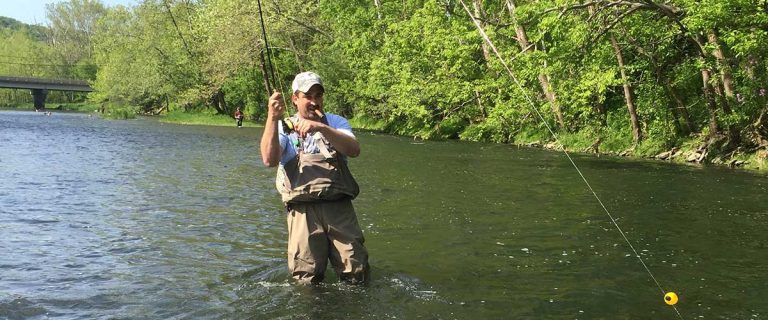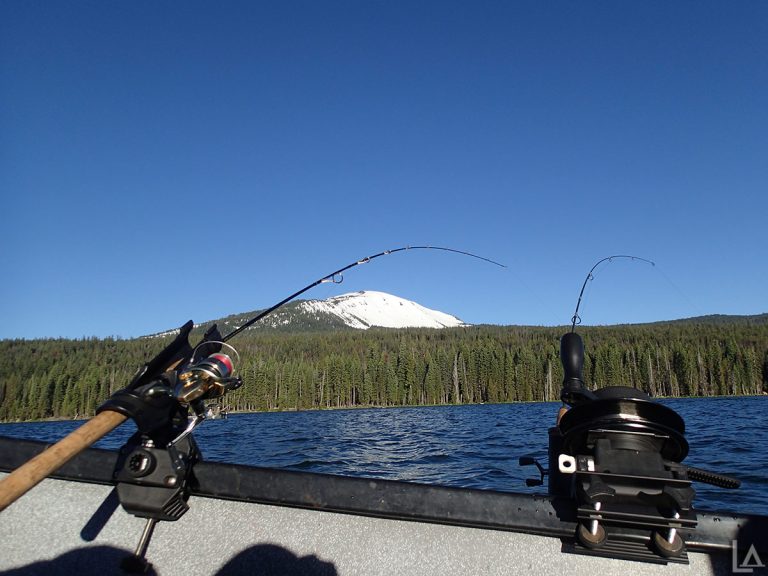Connecticut’s pristine reservoirs offer some of the Northeast’s most rewarding freshwater fishing experiences. From trophy brown trout at Saugatuck to smallmouth action at Lake McDonough, the state’s diverse water bodies provide year-round opportunities for anglers. This comprehensive guide covers everything you need to know about Connecticut’s premier reservoir fishing destinations and the essential permits required to fish them legally.
Connecticut Fishing License Requirements
Before casting your line into any Connecticut reservoir, you must obtain the appropriate fishing license. The Connecticut Department of Energy and Environmental Protection (DEEP) administers all fishing licenses in the state.
Resident Fishing Licenses
Connecticut residents have several license options available:
| License Type | Duration | Cost | Requirements |
|---|---|---|---|
| Annual All-Waters | 1 year | $28 | Valid for inland and marine waters |
| Inland Only | 1 year | $19 | Freshwater only |
| Marine Only | 1 year | $10 | Saltwater only |
| 3-Day | 3 consecutive days | $16 | All waters |
| Senior Annual (65+) | 1 year | Free | Proof of age required |
Connecticut residents can purchase licenses online through the Connecticut DEEP website, at town clerk offices, or through authorized license agents.
For detailed pricing information, visit How Much is a Fishing License in Connecticut for the most current fee structure.
Non-Resident Fishing Licenses
Visitors to Connecticut have these license options:
| License Type | Duration | Cost | Requirements |
|---|---|---|---|
| Annual All-Waters | 1 year | $55 | Valid for inland and marine waters |
| Inland Only | 1 year | $38 | Freshwater only |
| Marine Only | 1 year | $15 | Saltwater only |
| 3-Day | 3 consecutive days | $22 | All waters |
| 1-Day | 24 hours | $16 | All waters |
For complete non-resident information, visit Non-Resident Connecticut Fishing Licenses.
Additional Permits
Some Connecticut reservoirs require special permits beyond the standard fishing license:
- Trout & Salmon Stamp: Required for anyone fishing in Trout Management Areas, Wild Trout Management Areas, Trout Parks, or Atlantic Salmon Broodstock Areas ($5 for residents, $5 for non-residents)
- Reservoir-Specific Permits: Several drinking water reservoirs require additional permits from the water companies that own them
Top Connecticut Reservoir Fishing Destinations
Connecticut’s reservoir system offers diverse fishing opportunities across the state. Here are the standout destinations organized by region:
Western Connecticut Reservoirs
Saugatuck Reservoir
The Saugatuck Reservoir in Weston is legendary for its trophy brown trout fishery and remains one of Connecticut’s premier fishing destinations.
- Size: 827 acres
- Key Species: Brown trout, rainbow trout, smallmouth bass, largemouth bass, walleye
- Special Regulations:
- Shore fishing only (no boats, canoes, or kayaks)
- Special permit required from Aquarion Water Company
- Catch-and-release only for brown trout over 22 inches
- Best Times: Spring for trout; summer for bass
- Permit Information: Aquarion Water Company Recreation Permits
“Saugatuck holds some of the largest brown trout in the state, with specimens over 10 pounds caught annually,” notes the Connecticut DEEP Fisheries Division in their annual survey[citation needed].
Candlewood Lake
While technically a power company lake rather than a reservoir, Candlewood deserves mention as Connecticut’s largest lake and a premier fishing destination.
- Size: 5,420 acres
- Key Species: Smallmouth bass, largemouth bass, white perch, yellow perch, trout (stocked)
- Accessibility: Multiple public boat launches and shoreline access points
- Best Times: Spring and fall for bass; winter for ice fishing
For detailed regulations, visit the Connecticut DEEP Candlewood Lake Information.
Central Connecticut Reservoirs
Barkhamsted Reservoir
This pristine drinking water reservoir spans 2,800 acres and offers excellent fishing opportunities despite access restrictions.
- Size: 2,800 acres
- Key Species: Lake trout, brown trout, smallmouth bass, yellow perch
- Special Regulations:
- Limited shoreline access through designated areas only
- Special Metropolitan District Commission (MDC) permit required
- Best Season: Spring for trout; summer for bass
Lake McDonough
This Metropolitan District reservoir provides reliable fishing in a scenic setting.
- Size: 391 acres
- Key Species: Largemouth bass, smallmouth bass, rainbow trout, brown trout
- Special Features:
- Open seasonally (typically April through October)
- Day-use recreational facilities available
- Permits: MDC Recreation permit required in addition to CT fishing license
Eastern Connecticut Reservoirs
Mansfield Hollow Reservoir
This U.S. Army Corps of Engineers reservoir offers excellent multispecies fishing opportunities.
- Size: 500 acres
- Key Species: Largemouth bass, chain pickerel, black crappie, yellow perch
- Accessibility: Shore access and boat ramp available
- Best Times: Spring and fall for bass; winter for ice fishing
For complete fishing regulations at Mansfield Hollow, visit the Connecticut DEEP Inland Fisheries Division.
Specialized Fishing Permits for Connecticut Reservoirs
Many of Connecticut’s reservoirs function as drinking water supplies, requiring additional permits beyond your standard fishing license. These systems help manage access while protecting water quality.
Aquarion Water Company Reservoirs
Aquarion Water Company manages several fishing reservoirs, with Saugatuck being the most popular.
Permit Requirements:
- Annual permit fee: $25 for CT residents, $35 for non-residents
- Applications available online through Aquarion’s Recreation Permit Portal
- Must carry both the Aquarion permit and valid CT fishing license at all times
- Strict adherence to all posted rules and regulations
For a complete guide to obtaining these permits, see How to Get a Fishing License in Connecticut 2025.
Metropolitan District Commission (MDC) Reservoirs
The MDC manages several reservoirs in central Connecticut, including Barkhamsted Reservoir and Lake McDonough.
Permit Requirements:
- Annual recreation permits: $30 for residents in MDC member towns, $60 for non-district residents
- Available through the MDC Recreation Permit System
- Permits valid for all MDC properties with fishing access
- Time restrictions may apply at certain locations
Connecticut Reservoir Fishing Regulations
Connecticut implements specific regulations to maintain healthy fisheries in its reservoirs:
Statewide Reservoir Regulations
- Creel Limits:
- Trout: 5 per day (2 in Trout Management Areas)
- Bass: 6 per day (12″ minimum length)
- Walleye: 2 per day (18″ minimum length)
- Northern Pike: 2 per day (26″ minimum length)
- Seasonal Restrictions:
- Trout Management Areas: Catch-and-release only from September 1 to April 10
- Bass pre-spawn protection: Catch-and-release only from April 1 to the third Saturday in June in some waters
For complete fishing regulations, consult the Connecticut Fishing Guide published annually by DEEP.
Reservoir-Specific Regulations
Many reservoirs have unique regulations to protect specific fisheries:
- Saugatuck Reservoir: One brown trout per day, must be at least 22 inches
- Barkhamsted Reservoir: 2 lake trout per day, minimum length 18 inches
- Lake McDonough: Catch-and-release only for all bass species
Always check for special regulations at specific reservoirs before fishing, as rules may change seasonally.
Seasonal Fishing Patterns in Connecticut Reservoirs
Connecticut’s reservoir fishing success varies significantly by season:
Spring (March-May)
- Prime Target Species: Rainbow trout, brown trout, smallmouth bass
- Recommended Techniques: Small spoons, in-line spinners, and light jigs
- Best Reservoirs: Saugatuck (for trout), Lake McDonough (for early bass)
Summer (June-August)
- Prime Target Species: Largemouth bass, smallmouth bass, walleye
- Recommended Techniques: Deep diving crankbaits, bottom bouncers, and night fishing with large soft plastics
- Best Reservoirs: Candlewood Lake, Mansfield Hollow
“Summer reservoir fishing requires adapting to thermoclines, with most gamefish seeking deeper, cooler water during daytime hours,” advises the Connecticut Aquatic Resources Education Program[citation needed].
Fall (September-November)
- Prime Target Species: Brown trout, yellow perch, walleye
- Recommended Techniques: Trolling with live bait, jigging with minnows
- Best Reservoirs: Saugatuck, Barkhamsted (for trout spawning runs)
Winter (December-February)
- Prime Target Species: Yellow perch, chain pickerel, black crappie
- Recommended Techniques: Ice fishing with tip-ups and small jigs
- Best Reservoirs: Mansfield Hollow, Candlewood Lake (reliable ice formation)
Accessibility and Amenities
Family-Friendly Reservoir Fishing
Several Connecticut reservoirs offer amenities that make them ideal for family fishing trips:
- Lake McDonough: Picnic areas, swimming beaches, and easy shore access
- Candlewood Lake: Multiple public parks with fishing piers and facilities
- Mansfield Hollow: Accessible shoreline paths and nearby restroom facilities
Shore Fishing Opportunities
Not all anglers have boat access. These reservoirs offer exceptional shore fishing:
- Saugatuck Reservoir: Designed exclusively for shore anglers with miles of accessible shoreline
- West Branch Reservoir: Designated shore fishing areas with parking
- Lake McDonough: Fishing platforms and accessible shoreline areas
For a complete overview of Connecticut fishing access, visit the Connecticut DEEP Fishing Access Areas directory.
Conservation and Ecological Considerations
Invasive Species Prevention
Connecticut’s reservoirs face threats from invasive species. Anglers must follow these protocols:
- Clean all equipment thoroughly before leaving a water body
- Drain all water from boats, livewells, and equipment
- Dry everything completely before entering a new water body
- Never transport live fish between water bodies
The Connecticut DEEP actively monitors for invasive species and enforces strict regulations to prevent their spread. For more information, visit the Connecticut Aquatic Nuisance Species Program.
Catch-and-Release Best Practices
To ensure the sustainability of Connecticut’s reservoir fisheries:
- Use barbless hooks when possible
- Minimize handling time
- Keep fish in water while removing hooks
- Support the fish’s body properly when handling
- Revive fish thoroughly before release
Planning Your Connecticut Reservoir Fishing Trip
Essential Gear
For productive reservoir fishing in Connecticut, consider these essentials:
- Medium-light spinning setup for trout
- Medium-heavy baitcasting setup for bass
- Selection of local-favorite lures (in-line spinners, soft plastics, crankbaits)
- Appropriate seasonal clothing (layers recommended)
- Valid licenses and permits
Local Resources
- Bait and Tackle Shops: Local shops provide current fishing reports and reservoir-specific advice
- Guide Services: Several guide services specialize in Connecticut reservoir fishing
- Online Resources: Connecticut Fishing Report (updated weekly by DEEP)
For complete information on Connecticut fishing licenses, visit the Connecticut Fishing License Information Page.
Conclusion
Connecticut’s reservoir system offers diverse, high-quality fishing opportunities throughout the year. From the trophy brown trout of Saugatuck to the multi-species bonanza of Candlewood Lake, these waters provide exceptional angling experiences. By understanding the permit requirements, following regulations, and employing seasonal tactics, anglers can enjoy some of the Northeast’s finest freshwater fishing.
Remember that regulations and permit requirements may change, so always check with the Connecticut DEEP and appropriate water companies before your fishing trip. With proper planning and respect for these valuable resources, Connecticut’s reservoirs will continue to provide outstanding fishing opportunities for generations to come.







